Efficient Water Heater Setup for Your Home
Installing a new water heater is a crucial upgrade for many households, ensuring reliable hot water supply and energy efficiency. According to industry data, the average lifespan of a water heater is around 8-12 years, making timely replacements essential for maintaining comfort and functionality. Proper installation can improve energy consumption, reduce utility bills, and prevent potential water damage caused by leaks or failures. Skilled installation ensures compliance with local codes and optimal performance of the unit. Approximately 60% of households replace their water heaters due to age or inefficiency, highlighting the importance of professional service. An efficient water heater can also contribute to environmental comfort by providing consistent hot water for daily needs. Professional installation minimizes risks and ensures the unit operates safely and effectively.
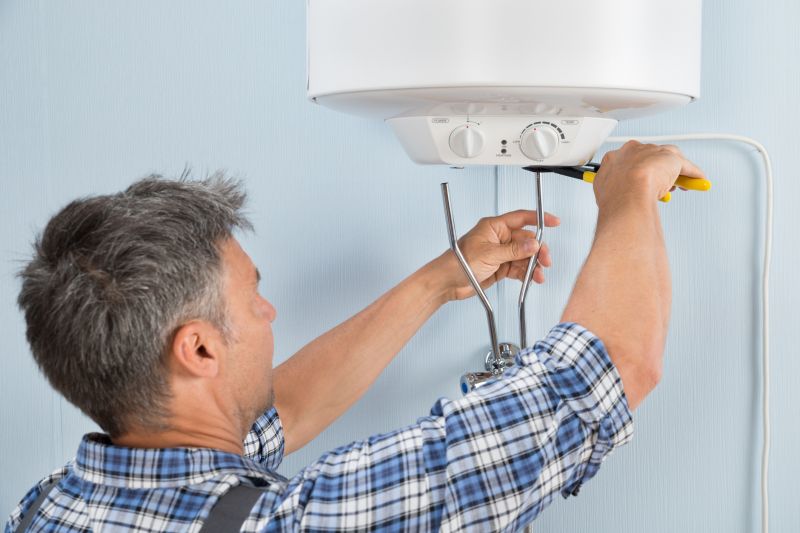
A technician prepares for the installation by shutting off the power and water supply, then carefully removing the old unit before installing the new one.
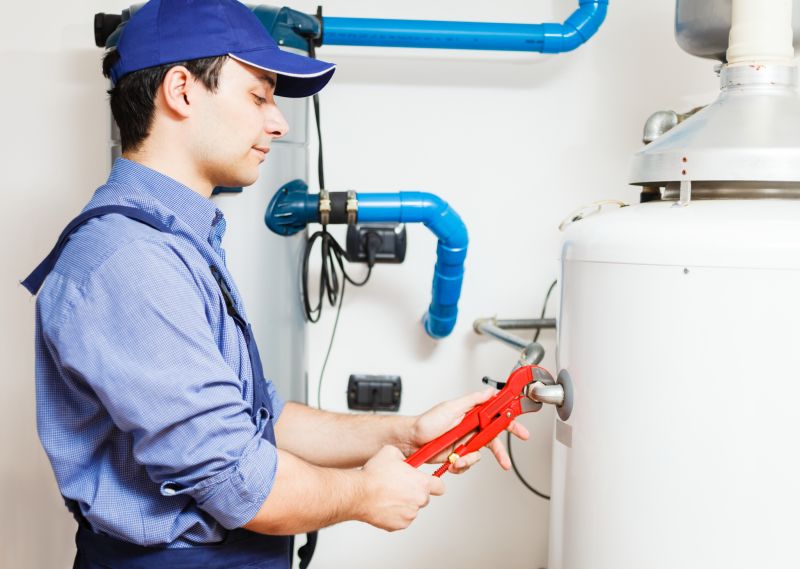
Securely attaching inlet and outlet water lines ensures proper flow and prevents leaks during operation.
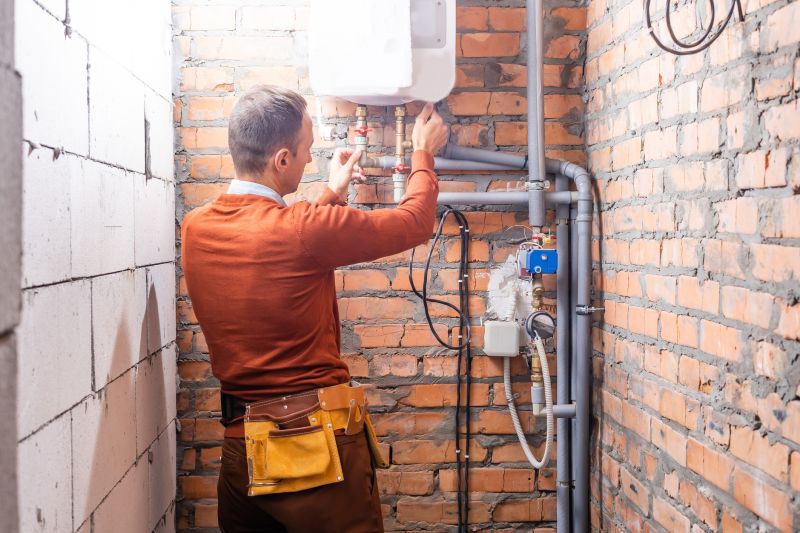
The new water heater is tested to confirm proper function, safety, and efficiency before completing the installation.
| Benefit | Description |
|---|---|
| Energy Efficiency | New water heaters often feature advanced technology that reduces energy consumption. |
| Cost Savings | Lower utility bills result from improved efficiency and performance. |
| Reliability | Modern units provide consistent hot water and reduce the risk of breakdowns. |
| Enhanced Safety | Updated installations adhere to current safety standards, minimizing hazards. |
| Increased Home Value | A new water heater can boost property appeal and value. |

Compact and energy-efficient, providing hot water on demand.
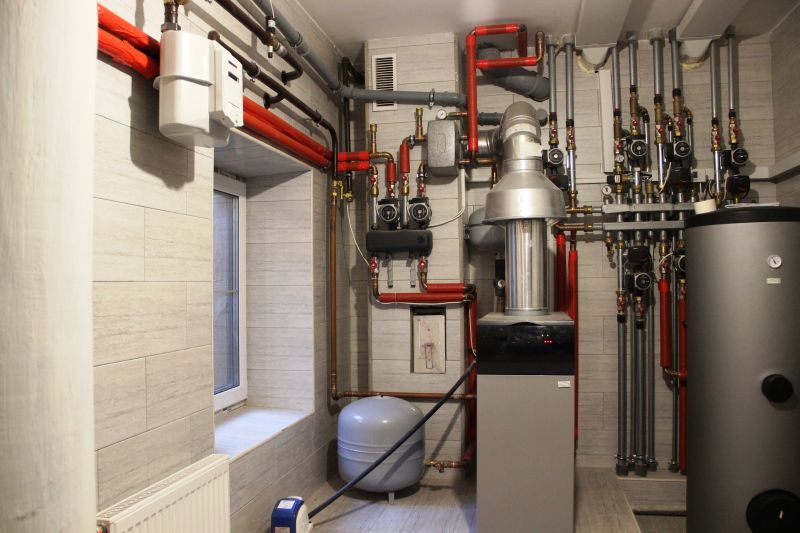
Traditional design with increased capacity for larger households.
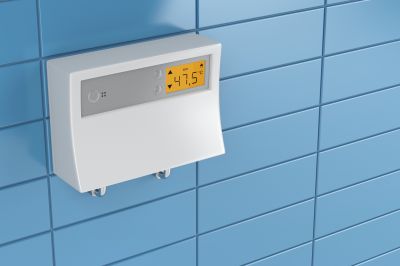
Designed to meet high efficiency standards for savings and performance.
Installing a new water heater involves several critical steps to ensure safety and optimal function. The process begins with shutting off electrical and water supplies, followed by removing the existing unit carefully. The new unit is then positioned and connected to water and power sources, with attention to proper fittings and insulation. Ensuring correct venting and safety features is essential for units that require venting systems. Once installed, the system undergoes thorough testing to verify proper operation, safety compliance, and efficiency. Adjustments are made as needed to optimize performance. Proper installation minimizes future issues, prolongs the lifespan of the unit, and maintains safety standards. Professional installers follow manufacturer guidelines and local codes to deliver reliable service.
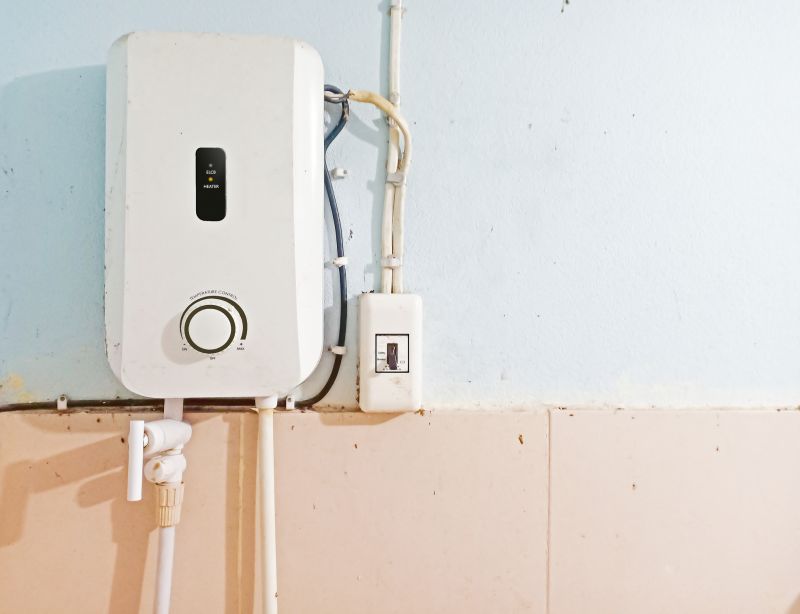
The installed unit ready for testing and operation.

Securely attaching inlet and outlet connections for optimal flow.
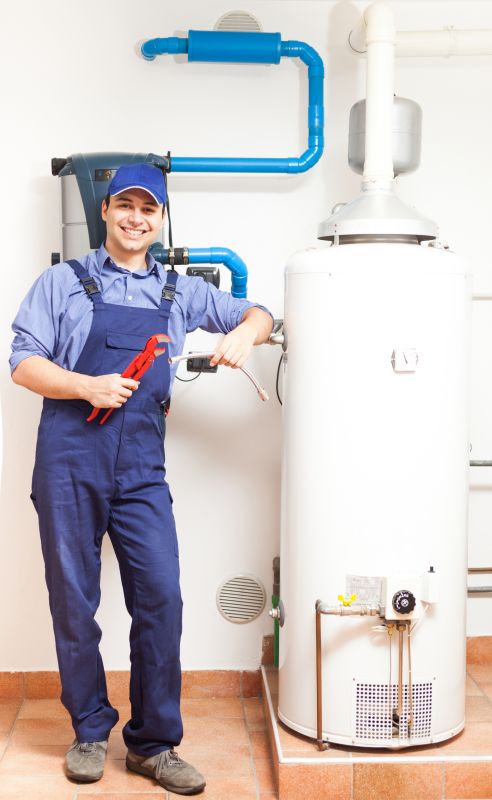
System functioning properly after installation.
Hiring a professional for water heater installation ensures the job is performed correctly and safely. Experienced installers understand local building codes and safety requirements, reducing the risk of errors. Proper installation can prevent leaks, water damage, and inefficient operation, saving money over time. Professionals also have the necessary tools and expertise to handle complex setups, such as venting or electrical connections. This reduces the likelihood of future repairs and extends the lifespan of the water heater. Additionally, a licensed installer can provide valuable advice on selecting the right model for specific household needs. Trusting a qualified technician guarantees that the installation meets all safety standards and performs at its best.

A professional technician installing a new water heater.
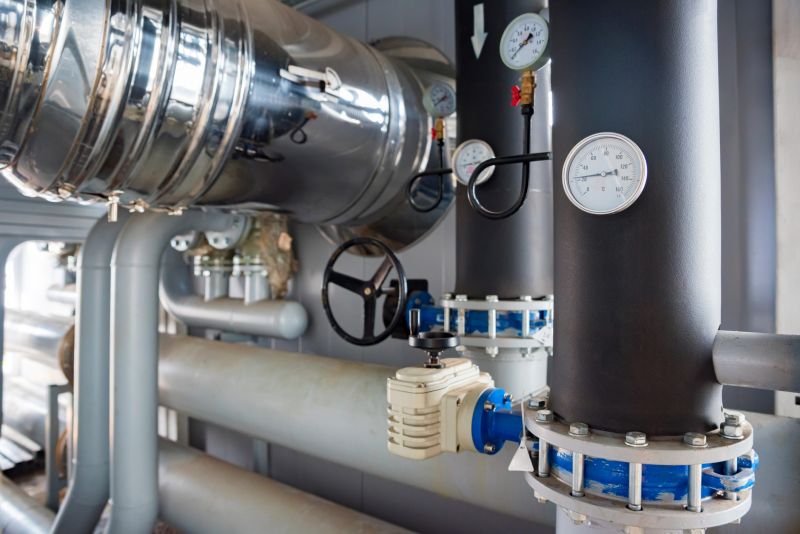
Ensuring safe venting for gas water heaters.
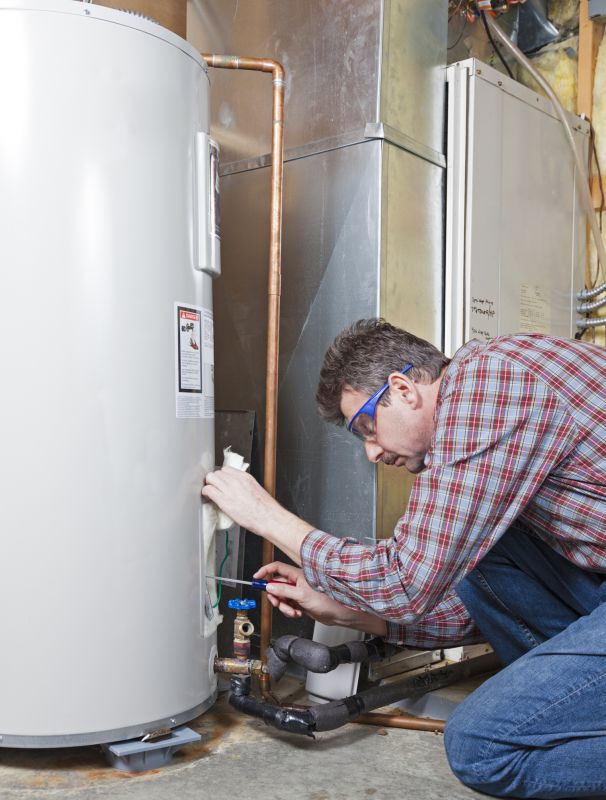
A fully installed water heater ready for use.
**Contact today to get a quote for professional water heater installation and ensure your household has reliable hot water. Fill out the contact form to start the process.**
